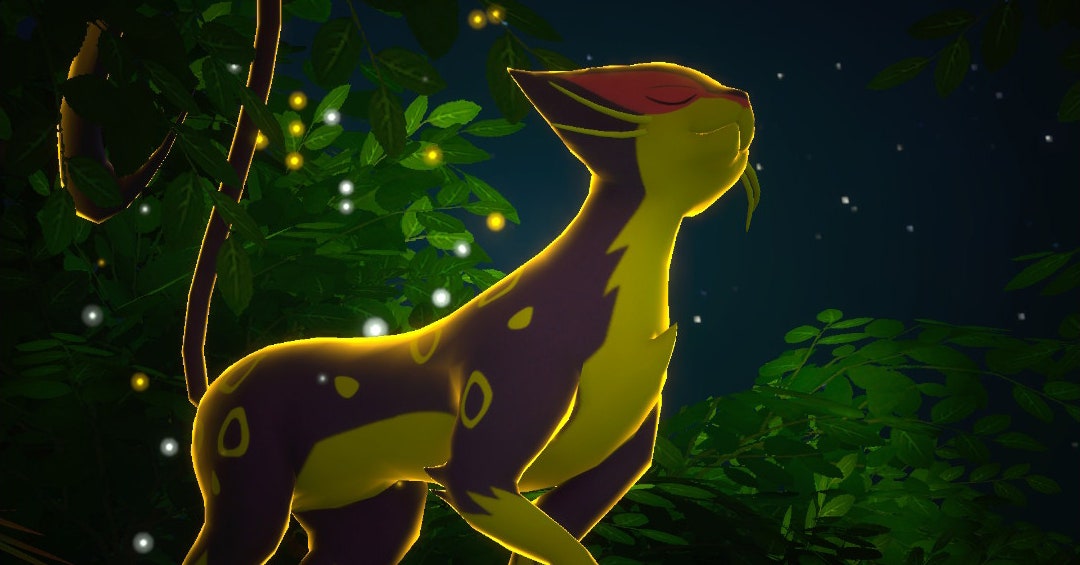
WIRED: Do you think, right now, during the pandemic, when not everyone has access to nature, and they can’t necessarily travel to it, an experience like this is valuable?
Groo: I think there’s no substitute for the real thing. The benefits that nature gives us, even if you’re just walking in an urban park, far surpass anything you’re going to get from a screen. But if they can teach people something about the importance of land for an animal—every animal needs a home, and animals have very specific kinds of homes that they need, so if there’s anything that talks about conservation of animals, that’s a good thing. If there’s some sense conveyed that there’s this rich world of wildlife out there, something more fantastic and amazing than we can dream. It’d be great if the game had something like, “Go out there and see wild animals, and respect them and protect them!” or a disclaimer like, “Please don’t throw things. Please don’t feed wildlife. This is a game.” Do they have that anywhere?
WIRED: I haven’t beaten the game yet.
Groo: I strongly recommend that they add something like that. If they want me to advise them on it, I’m happy to do it.
WIRED: Can you tell from these photos if I have any natural talent for photography?
Groo: You could be on your way. You have some good compositional grasp and some good concepts about lighting. You just need to get out there and get some practice with the real thing.
Groo and I discussed the importance of nature photography to conservation efforts. I asked her about the role nature photography plays in conservation and whether players will understand the role nature photographers play in environmental protection and awareness.
Groo: There’s a whole genre of photography now of conservation photography, where photographers are really working hard to use their photos and to take photos that are sort of storytelling photos about an animal and its habitat. And then they try to find ways to use those photos to raise awareness, to get people to care about a particular animal or the landscape that animal depends on. They want to find different ways to get the word out and educate people, to sort of expand people’s sympathies, and that’s really what my work is about.
And, and more and more, I think nature photographers are realizing it’s not enough just to make pretty pictures anymore. The state of the world—the fact that we’re in the sixth great extinction—people are realizing, “OK, I need to use my photos to affect change.” And ethics is a big part of that. How can we be out there as conservation photographers, and not disturb or disrupt our subjects and instead honor them? How do we really come away with natural photos where the animal does not look disturbed by us? And how do we walk away leaving no trace, doing no harm?
